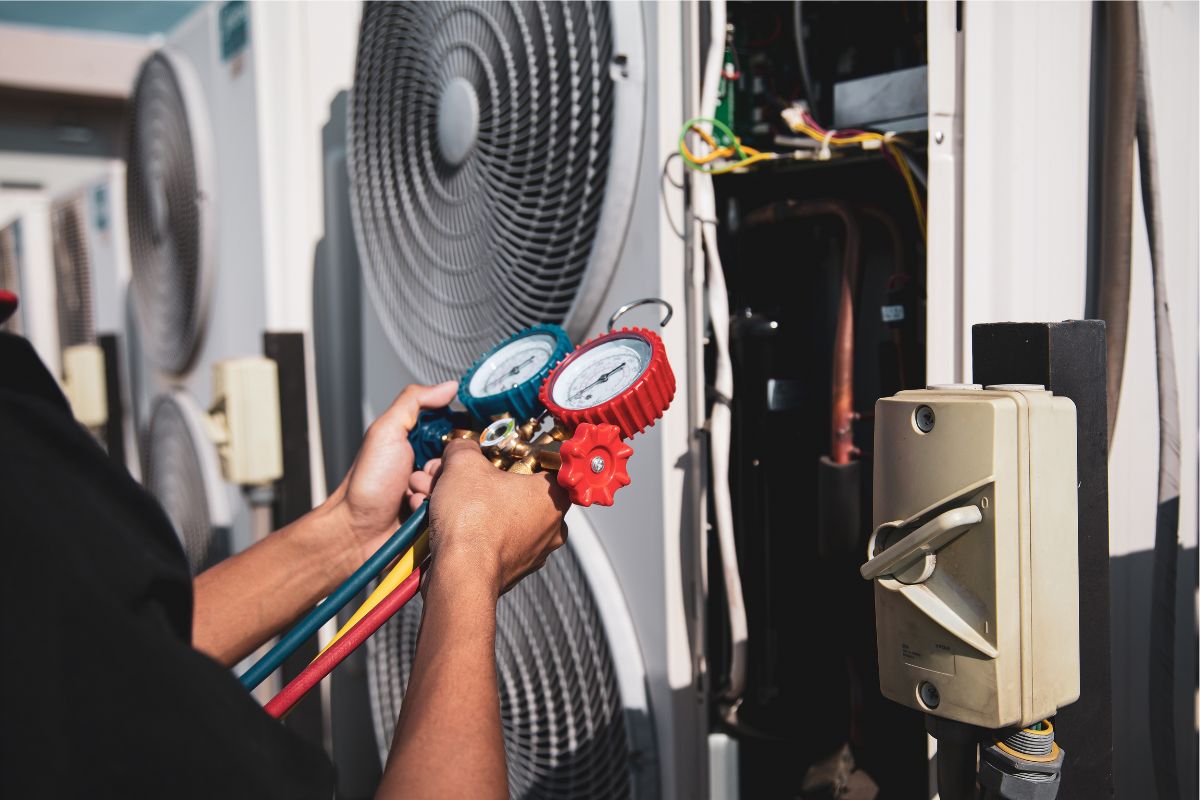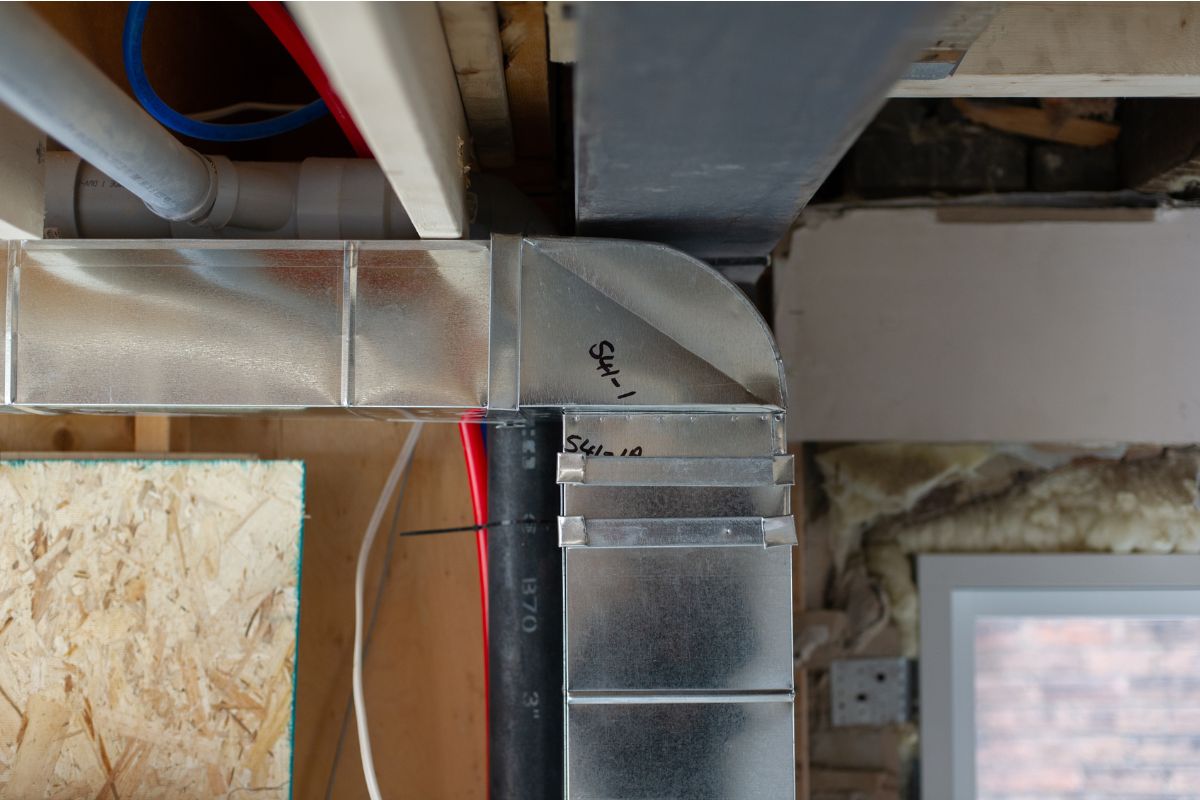Global Warming Potentials (GWPs) are a metric used to compare the impact of different greenhouse gases on global warming. It measures how much heat a gas traps in the atmosphere over a specific period, typically 100 years, compared to carbon dioxide (CO2). For example, a gas with a GWP of 2,000 is 2,000 times more effective at trapping heat than CO2.
The measurement involves complex calculations, taking into account factors like the gas’s lifespan in the atmosphere and its ability to absorb infrared radiation. Understanding these details helps HVAC professionals appreciate the urgency of minimizing the use of high-GWP refrigerants. This scientific foundation is essential for grasping why some gases are far more harmful to our climate than others.
GWPs vs. ODPs

While GWPs focus on a gas’s potential to contribute to global warming, Ozone Depletion Potentials (ODPs) measure a gas’s ability to break down the ozone layer. The ozone layer protects Earth from harmful ultraviolet (UV) radiation. High-ODP substances, often chlorofluorocarbons (CFCs) and hydrochlorofluorocarbons (HCFCs), have been largely phased out due to their detrimental effects on the ozone layer.
Understanding the distinction between GWPs and ODPs is crucial for HVAC professionals. While ODPs have been a significant concern in the past, GWPs are now the focal point in the fight against climate change. By reducing the use of high-GWP refrigerants, the industry can significantly curb its environmental footprint.
The Dangers of High-GWP Refrigerants
High-GWP refrigerants pose a substantial threat to our climate. These substances are incredibly effective at trapping heat, making them potent contributors to global warming. Common high-GWP refrigerants include hydrofluorocarbons (HFCs), which are widely used in air conditioning and refrigeration systems.
The environmental implications are alarming. High-GWP refrigerants can remain in the atmosphere for decades or even centuries, causing long-term damage. Their widespread use in the HVAC industry means that even small leaks can have outsized effects on global warming. Especially in light of contemporary climate legislature (see: Local Law 97, AIM Act) HVAC professionals must recognize the dangers these substances pose and take proactive steps to minimize their usage.
Regulations and Industry Trends
To combat the dangers of high-GWP refrigerants, various global and regional regulations have been implemented. The Kigali Amendment to the Montreal Protocol, for instance, aims to phase down HFCs worldwide. Similarly, regions like the European Union have stringent F-gas regulations to limit the use of high-GWP substances.
Today, industry trends also reflect a growing shift towards sustainability. Many HVAC manufacturers are developing equipment compatible with low-GWP refrigerants, and there is increasing pressure on businesses to adopt environmentally friendly practices. The AIM Act in particular aims to reduce the use of HFCs. As a result, R-454B has risen as a sustainable alternative, mainly due to its low GWP.
Understanding these regulations and trends is essential for HVAC professionals looking to stay ahead of the curve and contribute to climate action.
Sustainable Alternatives
Fortunately, there are several sustainable alternatives to high-GWP refrigerants. Low-GWP options include hydrofluoroolefins (HFOs) and natural refrigerants like ammonia (NH3), carbon dioxide (CO2), and hydrocarbons (propane and butane). These alternatives offer similar performance characteristics without the severe environmental impact.
HFOs, for example, have GWPs significantly lower than HFCs and are increasingly used in new HVAC systems. Natural refrigerants like CO2 have near-zero GWPs and are gaining popularity in commercial refrigeration. By adopting these alternatives, HVAC professionals can drastically reduce the industry’s contribution to global warming.
Best Practices for Reducing GWPs
Transitioning to low-GWP refrigerants is just one part of the solution. HVAC professionals can also adopt several best practices to minimize their carbon footprint:
- Regular Maintenance: Ensuring systems are well-maintained reduces the risk of leaks and improves efficiency.
- Efficient Design: Designing systems with energy efficiency in mind can reduce overall emissions.
- Proper Disposal: Safely disposing of old refrigerants prevents them from leaking into the atmosphere.
By implementing these practices, HVAC professionals can play a pivotal role in mitigating climate change while maintaining system performance and reliability.
Pivoting to Lower-GWP Refrigerants with Air Ideal
In today’s climate (literally and figuratively), understanding the dangers of GWPs is essential for every HVAC professional. By recognizing the impact of high-GWP refrigerants, staying informed about regulations, and adopting sustainable alternatives and best practices, the industry can make significant strides in combating climate change.
At Air Ideal, we understand the plight business owners in New York City face. As you face a tumult of business decisions, tending to your HVAC system can fall behind in the list of priorities. However, it is extremely important you do so in light of changing HVAC legislation. Luckily, Air Ideal has your back — let us take care of your HVAC system and get your refrigerants right as the city continues to change.
To get started, please visit Air Ideal’s website and contact us today.



